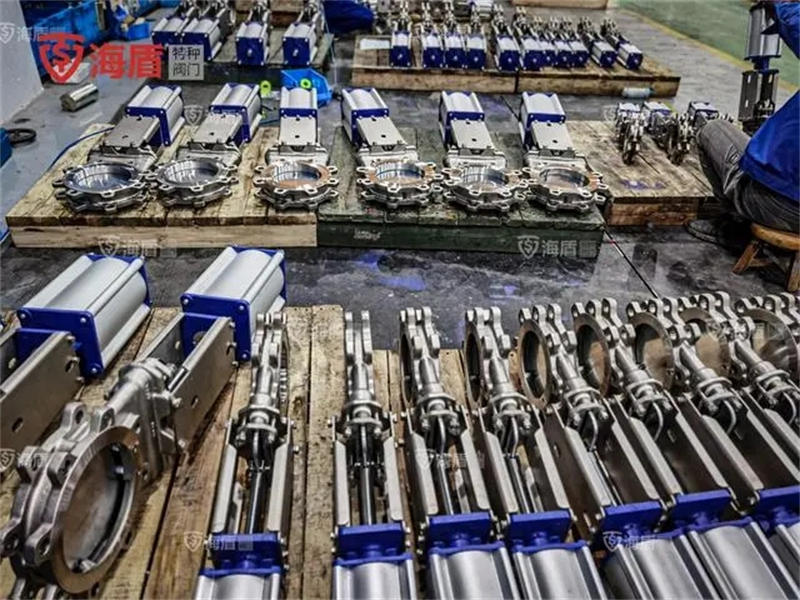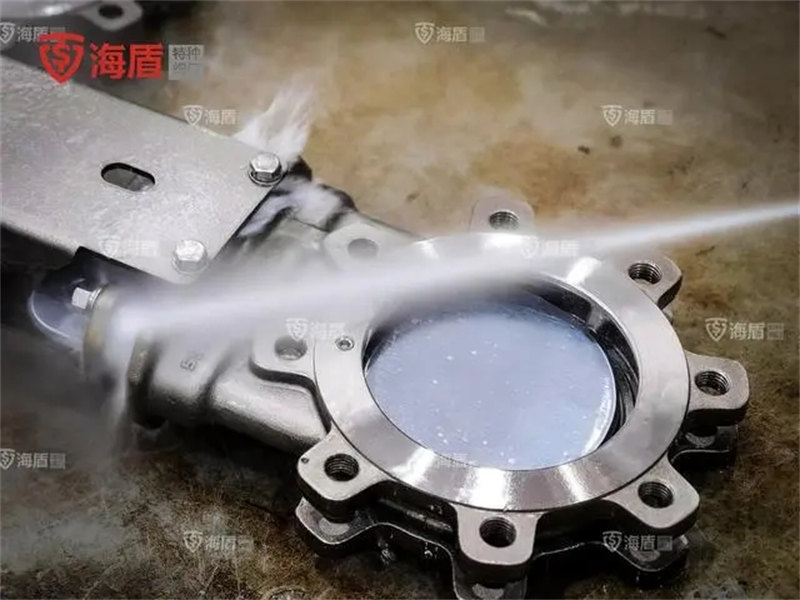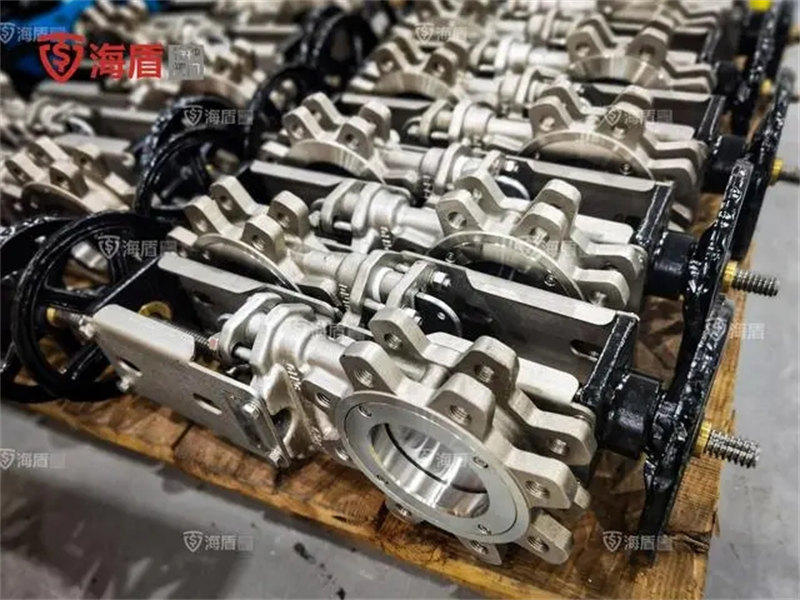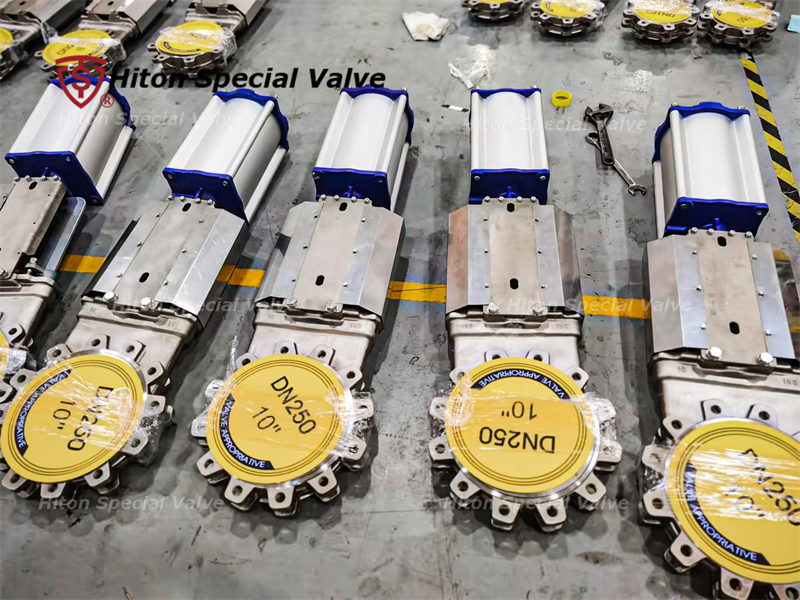The installation of a knife gate valve is a crucial step in ensuring its proper functioning and sealing performance. Here are the general steps for installing a knife gate valve:
Select the Right Location: Choose a suitable location for installing the knife gate valve, ensuring that its position within the pipeline system meets design requirements. Consider accessibility for operation, maintenance, and safety.

Preparation: Before starting the installation, ensure that the work area is clean and have all the necessary tools and equipment ready. Implement safety measures, and ensure that personnel are adequately trained and equipped with safety gear.
Inspect the Valve: Prior to installation, carefully inspect the knife gate valve for any external or internal damage or defects. Check the condition of sealing components and valve operating parts.
Confirm Flow Direction: Ensure that the flow direction of the knife gate valve matches the requirements of the pipeline system. Typically, there are flow direction arrows marked on the valve body, which should align with the direction of fluid flow.

Install the Valve: Follow the installation guidelines provided by the manufacturer to correctly install the knife gate valve into the pipeline system. This typically involves connecting the valve's flanges to the pipeline flanges using the appropriate bolts and gaskets.
Connect the Actuator: If the knife gate valve uses an actuator (such as a handwheel, electric, or pneumatic actuator), connect the actuator to the valve and ensure it functions properly.
Check Fasteners: Inspect the fasteners used for flange connections, making sure they are correctly installed and tightened according to the manufacturer's torque specifications.

Operational Check: Manually operate the knife gate valve to ensure it opens and closes smoothly while maintaining a good seal. For automatic valves, test the functionality of the actuator.
Sealing Inspection: Check the sealing performance of the valve, particularly when it is in the closed position, to ensure there are no leaks.
Test Run: After installation is complete, perform a test run to ensure that the knife gate valve functions properly in real operating conditions.

Documentation: Maintain detailed records of the knife gate valve installation, including the date, installation location, and test results. These records can be valuable for future maintenance and repairs.
Training and Labeling: Provide training to personnel on how to correctly use the knife gate valve, and ensure that the valve and the pipeline system are appropriately labeled for identifying the valve's position and function.

Please note that these steps are provided as a general reference, and the actual installation process may vary depending on the knife gate valve model, manufacturer requirements, and specific applications. Always consult the manufacturer's installation manual and guidelines to ensure compliance with relevant installation requirements and standards. Installation should be carried out by experienced professionals.


















